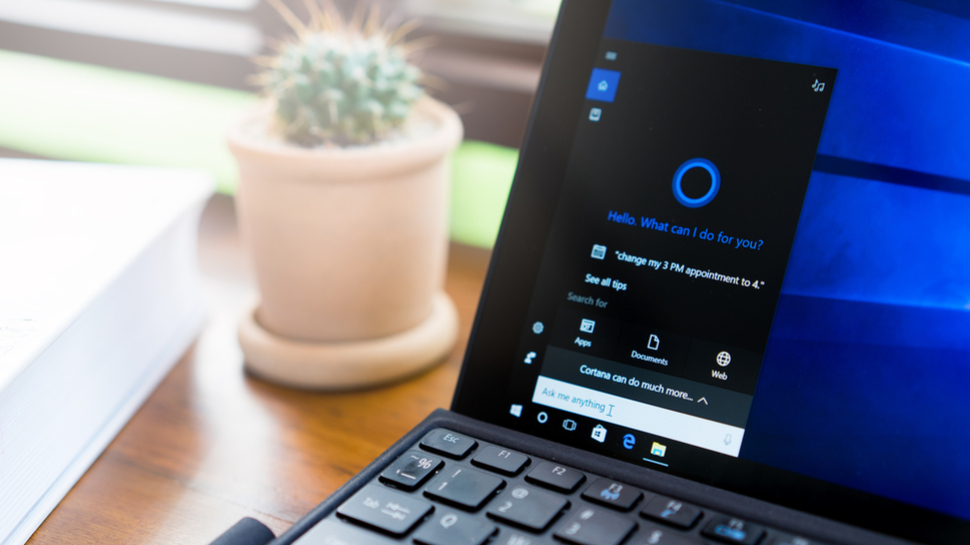Windows 10 update will come with laptop battery life boost

Microsoft has pushed out a pair of Windows 10 preview builds for the big update due later in 2019 (19H2), one of which has all the new features turned off – and those tweaks include some interesting moves, such as the promise of better battery life for laptops running certain processors.
So what exactly is happening here regarding the overall rollout? Windows 10 19H2 testers in the slow ring are getting two different preview builds: 18362.10012 and 18362.10013, which will be delivered to those on 18362.10005 and 18362.10006 respectively.
- Windows 10 preview recently introduced a new Cortana app
- Buy Windows 10: the cheapest prices in August 2019
- Top tips for extending the battery life of your laptop
The difference is that the former build has all the new features turned off by default, and the latter has them turned on. This is Microsoft’s new system of a controlled preview rollout, whereby only a subsection of testers actually get the new features live, with more being shifted over as time progresses.
Essentially, it’s just like when the updates actually go live, for real, with Microsoft monitoring how the features are working (or not), getting more feedback on them, before pushing them more broadly.
Welcome to the preview lottery
If you’re just joining the slow ring of preview build testers now, Microsoft notes that it will be a 50-50 ‘virtual coin toss’ whether you get the new features enabled, or not.
Those of you following the development of Windows 10 closely will recall that 19H2 is not about introducing major features, anyway, but smaller changes including quality-of-life improvements and performance tuning.
There’s certainly some of the latter with the new build 18362.10013, with Microsoft stating that: “We have made general battery life and power efficiency improvements for PCs with certain processors.”
Sign up for breaking news, reviews, opinion, top tech deals, and more.
So with any luck, that means some laptops will see better battery longevity, and Microsoft may be working to push further on this front as the update comes closer to deployment later this year.
Another hardware-related change comes for CPUs that have ‘favored’ cores. Windows 10 has been tuned to utilize a “rotation policy that distributes work more fairly among these favored cores,” which should provide better performance and reliability.
These are the sort of under-the-hood tweaks we can expect from Windows 10 19H2, with this build also seeing the addition of extra debugging capabilities for newer Intel processors (for hardware manufacturers to avail themselves of, not end-users, mind).
There are a few minor tweaks to the interface in this build, however, including making the navigation pane on the Start menu expand when it’s hovered over with the mouse. For the full list of changes, check out Microsoft’s blog post.
- Some of the best laptops of 2019 run Windows 10
Darren is a freelancer writing news and features for TechRadar (and occasionally T3) across a broad range of computing topics including CPUs, GPUs, various other hardware, VPNs, antivirus and more. He has written about tech for the best part of three decades, and writes books in his spare time (his debut novel - 'I Know What You Did Last Supper' - was published by Hachette UK in 2013).